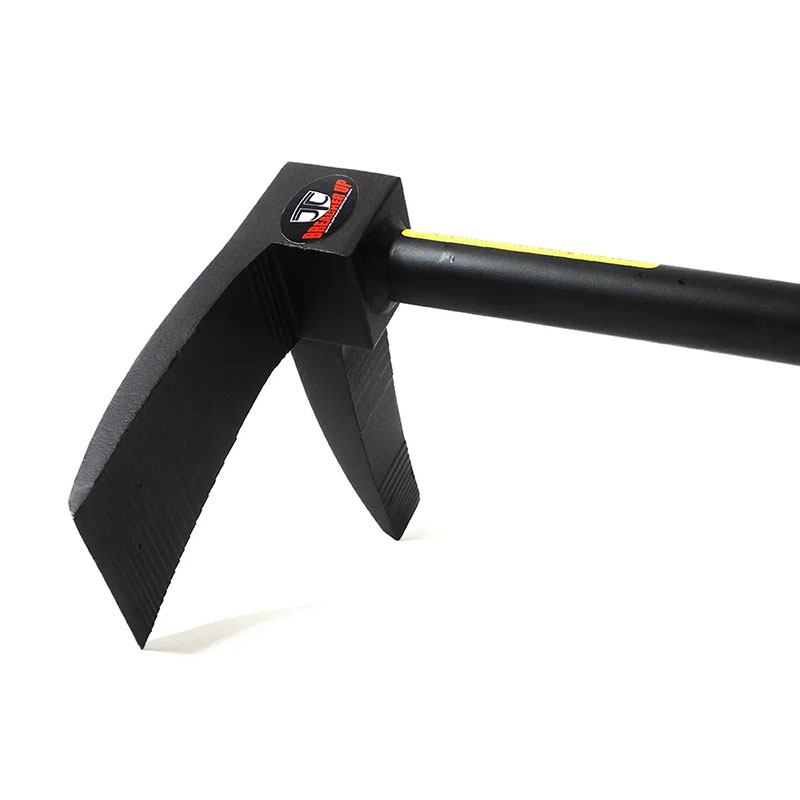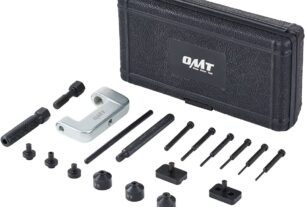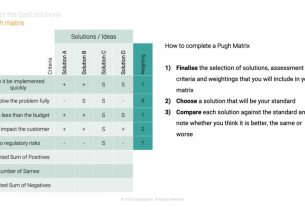Tactical breaching tools are an essential component of any military or law enforcement operation. These specialized tools allow operators to quickly and efficiently breach doors, walls, windows, and other barriers without compromising their safety or the mission’s success.
In this article, we will explore the different types of tactical breaching tools available, their uses and advantages, as well as some tips for selecting the right tool for your needs.
Types of Tactical Breaching Tools
1. Ramming Devices
Ramming devices are typically used to breach doors and gates. They come in various sizes and shapes, but the most common is a battering ram, which is a long pole with a weight at the end. Operators use it to forcefully strike a door, breaking it open.
Another type of ramming device is a hydraulic-powered ram. These devices use pressurized fluid to generate force, making them more powerful than traditional battering rams. However, they require more training to operate safely and effectively.
2. Halligan Bars
Halligan bars are versatile tools that can be used for multiple tasks such as breaching doors, prying open windows, or removing obstacles in confined spaces. They consist of a tapered spike on one end and a flat pry bar on the other.
The pointed end can be used to create an opening in walls or floors by breaking through plaster or drywall. The flat end can be used to pry open doors or windows or remove debris from collapsed structures.
3. Bolt Cutters
Bolt cutters are essential for cutting locks and chains quickly and quietly. They come in various sizes and strengths, depending on the thickness of the metal being cut.
These tools are particularly useful when dealing with secured gates or fences around buildings or compounds that need to be breached quickly and quietly.
4. Sledgehammers
Sledgehammers are heavy-duty tools used for breaching walls or breaking through concrete barriers. They are often used in combination with other tools such as halligan bars to create an opening in reinforced walls.
Sledgehammers require a significant amount of physical strength and technique to use effectively. They must be wielded with precision to avoid injury to the operator or damage to the surrounding area.
5. Explosive Breaching Tools
Explosive breaching tools, such as explosive charges or flashbangs, can be highly effective but also extremely dangerous. These tools should only be used by highly trained professionals who have received specialized training in their use.
Explosive charges can be used to breach walls or doors quickly and efficiently, but they require careful planning and execution to ensure the safety of the team and bystanders.
Advantages of Tactical Breaching Tools
1. Speed and Efficiency
Tactical breaching tools are designed to breach barriers quickly and efficiently, allowing operators to accomplish their mission without delay or compromise.
2. Safety
Tactical breaching tools are designed to minimize the risk of injury to operators while breaching barriers. Proper training and use of these tools can significantly reduce the risk of accidents or injuries.
3. Versatility
Tactical breaching tools come in various sizes and shapes, making them adaptable for different situations and tasks. Operators can choose the right tool for the job, ensuring that they have everything they need to accomplish their mission successfully.
Tips for Selecting the Right Tactical Breaching Tool
1. Identify Your Needs
Before selecting a tactical breaching tool, it is essential to identify your needs. What types of barriers will you be breaching? How much force will you need? Will you need a tool that is easy to transport?
Answering these questions will help you select the right tool for your needs.
2. Consider Your Training Level
Some tactical breaching tools require more training than others. Before selecting a tool, consider your level of training and experience. Choose a tool that you are comfortable using and have received proper training to operate safely.
3. Consider Your Environment
The environment in which you will be using the tool is also an important factor to consider. Will you be working in a confined space or an open area? Do you need a tool that can be used quietly or one that can generate significant force?
Choosing the right tool for your environment will ensure that you can breach barriers safely and efficiently.
Conclusion
Tactical breaching tools are essential for military and law enforcement operations, allowing operators to breach barriers quickly and efficiently while minimizing risk. From ramming devices to sledgehammers and explosive charges, there are various types of tools available for different situations and tasks.
When selecting a tactical breaching tool, it is essential to identify your needs, consider your training level, and assess your environment. With the right tool, operators can accomplish their mission with precision, efficiency, and safety.
References:
1. https://en.wikipedia.org/wiki/Battering_ram
2. https://www.galls.com/learning-center/breaching-tools-guide
3. https://www.tssi-ops.com/tactical-breaching-tools-guide/
4. https://www.swatmag.com/article/breach-point-tactical-breaching-tools/




